New Year will arrive a second late
Sat 31 Dec 2016, 13:49:22
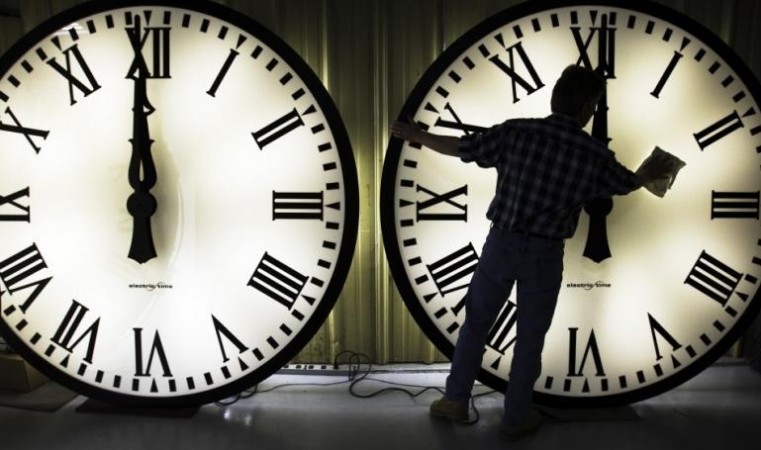
The first dawn of 2017 will come a second late as India will join the rest of the world to add “one leap second” to its official time on the morning of January 1.
To account for earth’s slowing rotation around its own axis, time-keepers periodically add a leap second to universal time so that clocks remain accurate.The adjustment is critical for applications like satellite navigation, functioning of communication networks, for tech companies and those conducting astronomical measurements.
As the leap second is added simultaneously across the world at UTC (Coordinated Universal Time) 23:59:59 hrs on December 31, 2016, New Delhi-based National Physical Laboratory (NPL), which maintains the Indian Standard Time will count up the additional second at 05:29:59 hrs
on January 1, 2017. This is because the Indian Standard Time is 5.30 hours ahead of UTC.
on January 1, 2017. This is because the Indian Standard Time is 5.30 hours ahead of UTC.
“Last time, we did this on June 30, 2015. We do it time to time as per the international norm,” A Sengupta, who heads the time and frequency division at NPL told.The earth’s rotation slows down due to several factors, including the moon’s gravitational pull.
The earth’s speed of rotation around its axis increases and decreases from time to time. This leads to a mismatch between Astronomical Time and the UTC maintained by a series of 300 highly precise atomic clocks, including the one at NPL.The leap second adjustment is to correct the mismatch. Since 1972, 26 leap seconds have been added in intervals varying between six months and seven years.
No Comments For This Post, Be first to write a Comment.
Most viewed from Specials
Most viewed from World
AIMIM News
Latest Urdu News
Most Viewed
May 26, 2020
Do you think Canada-India relations will improve under New PM Mark Carney?
Latest Videos View All
Like Us
Home
About Us
Advertise With Us
All Polls
Epaper Archives
Privacy Policy
Contact Us
Download Etemaad App
© 2025 Etemaad Daily News, All Rights Reserved.











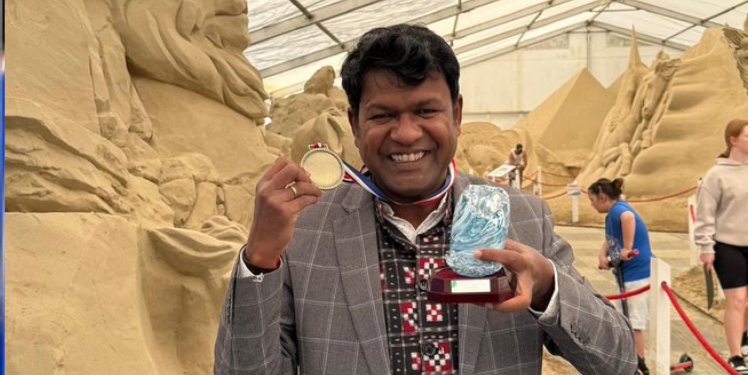
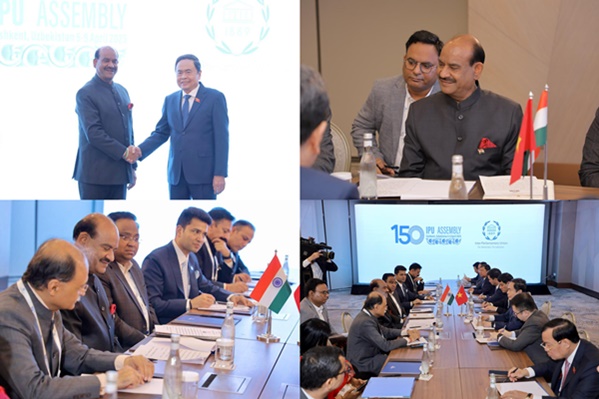
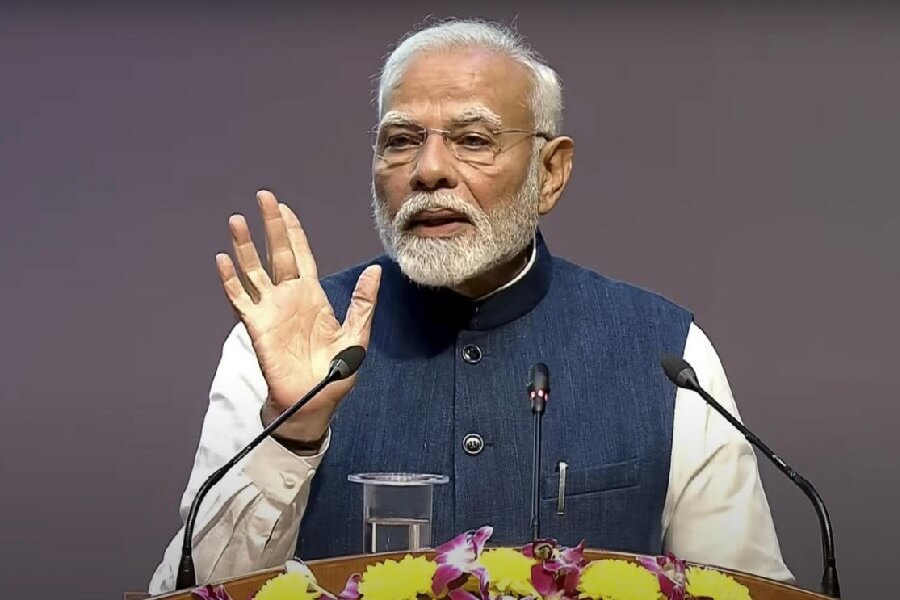
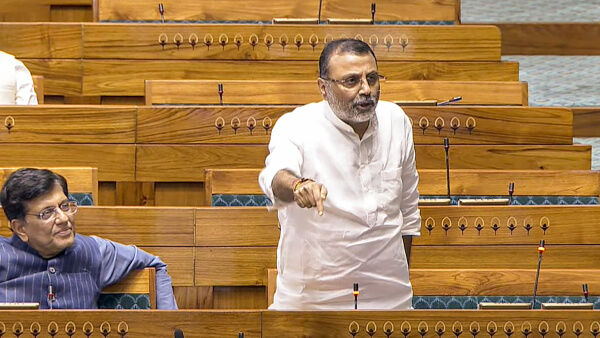
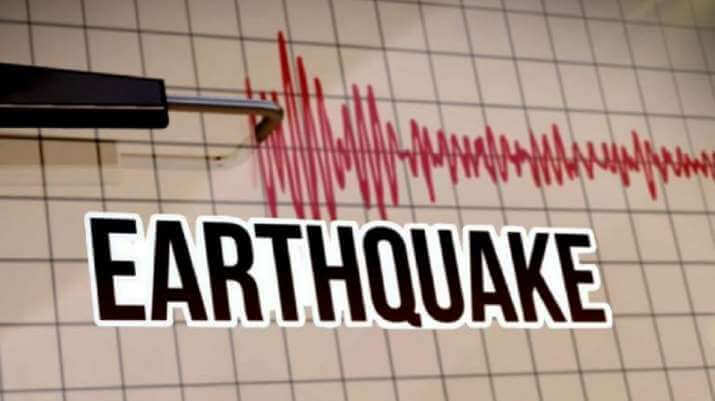


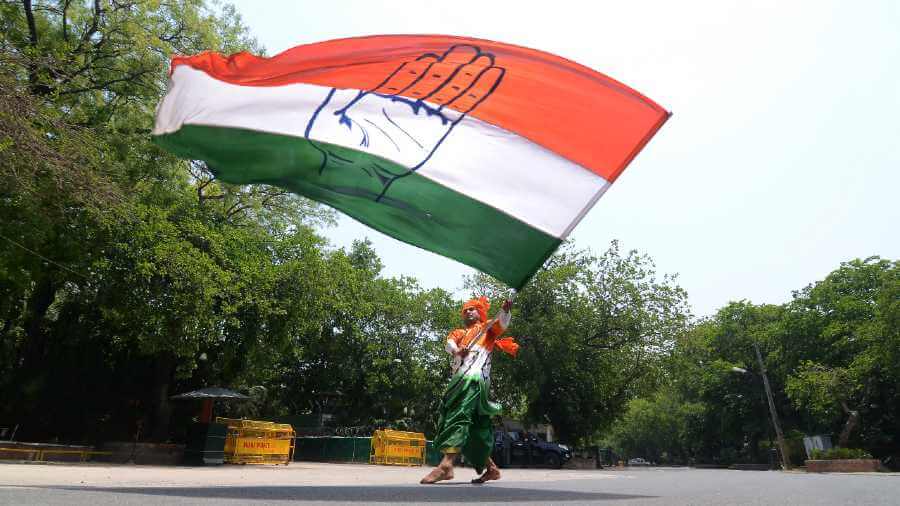

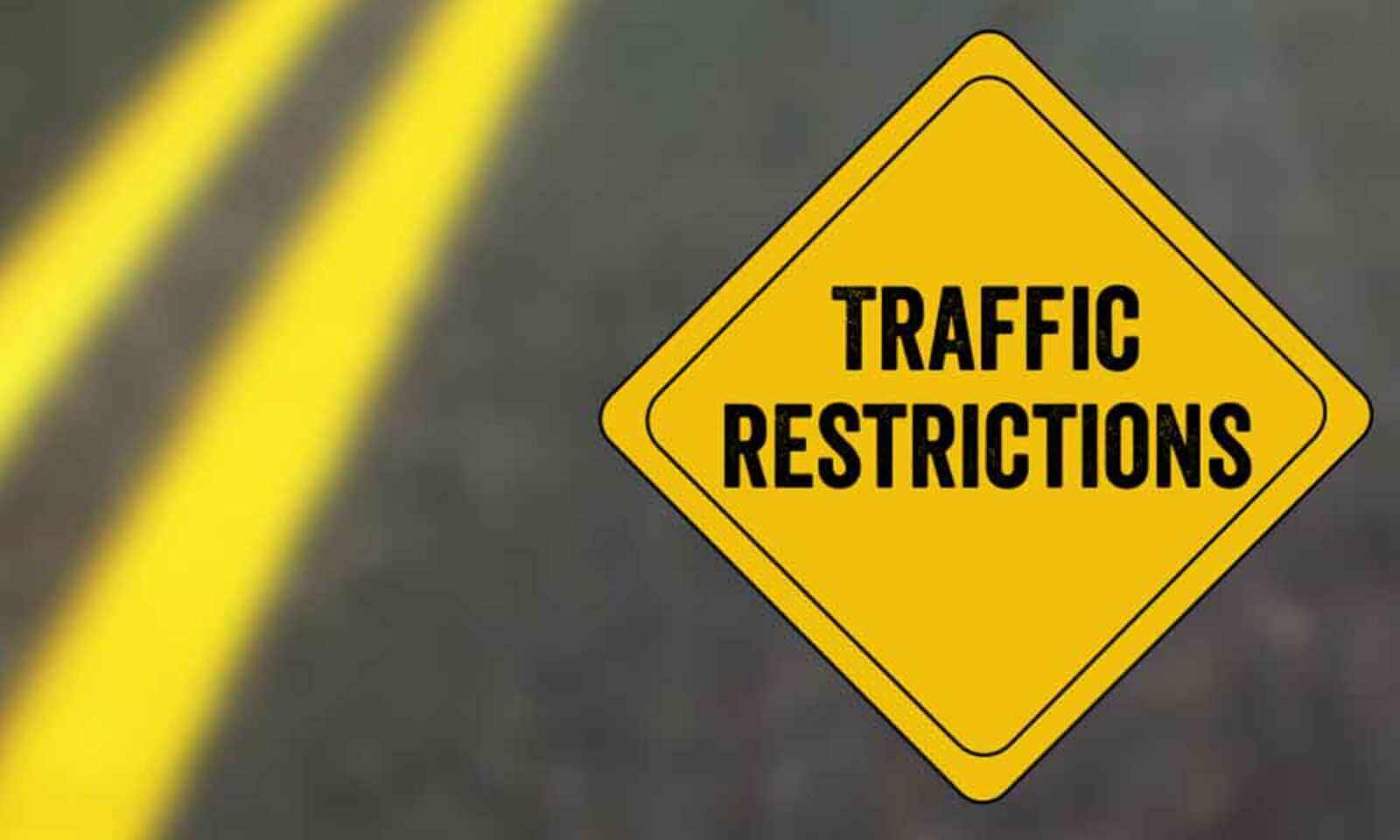

.jpg)
.jpg)
.jpg)

















